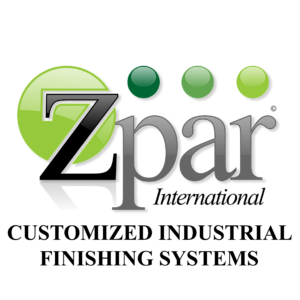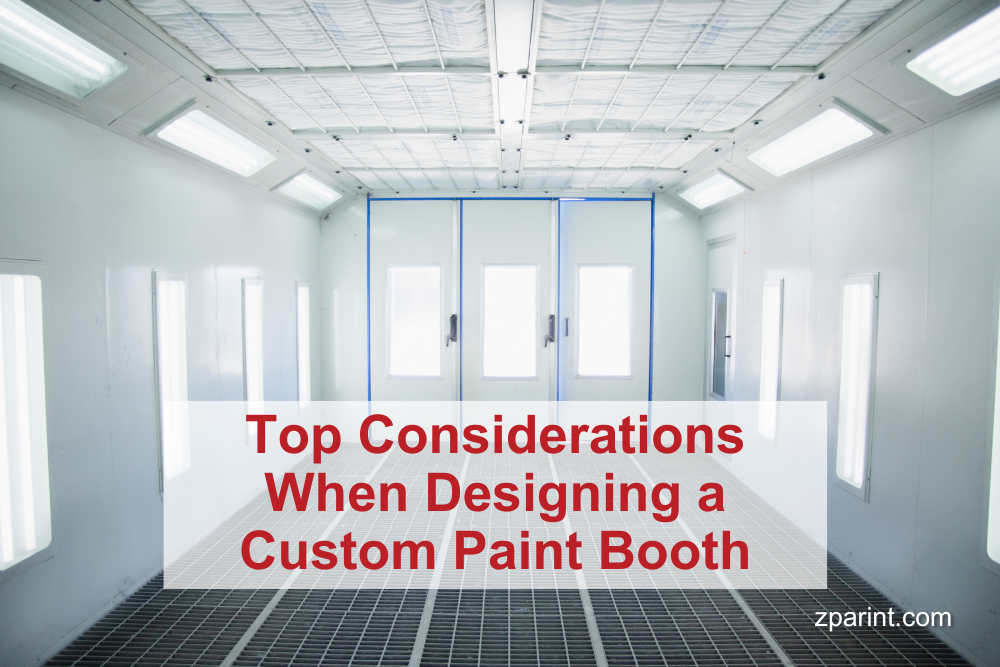The OSHA definition of a spray booth is “a power-ventilated structure provided to enclose or accommodate a spraying operation to confine and limit the escape of spray, vapor, and residue, and to safely conduct or direct them to an exhaust system.”
Both you, the owner/operator of the painting facility, and the prospective installer should be intimately familiar with all the pertinent OSHA regulations. If you say “1910.107” and receive a blank stare in response, it is time to move on to your next candidate.
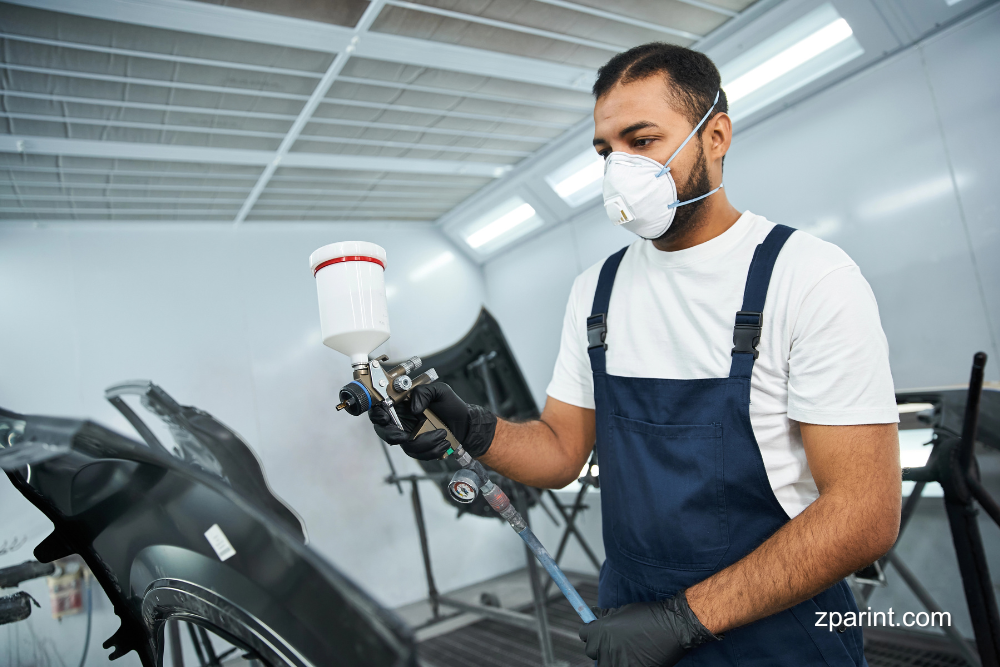
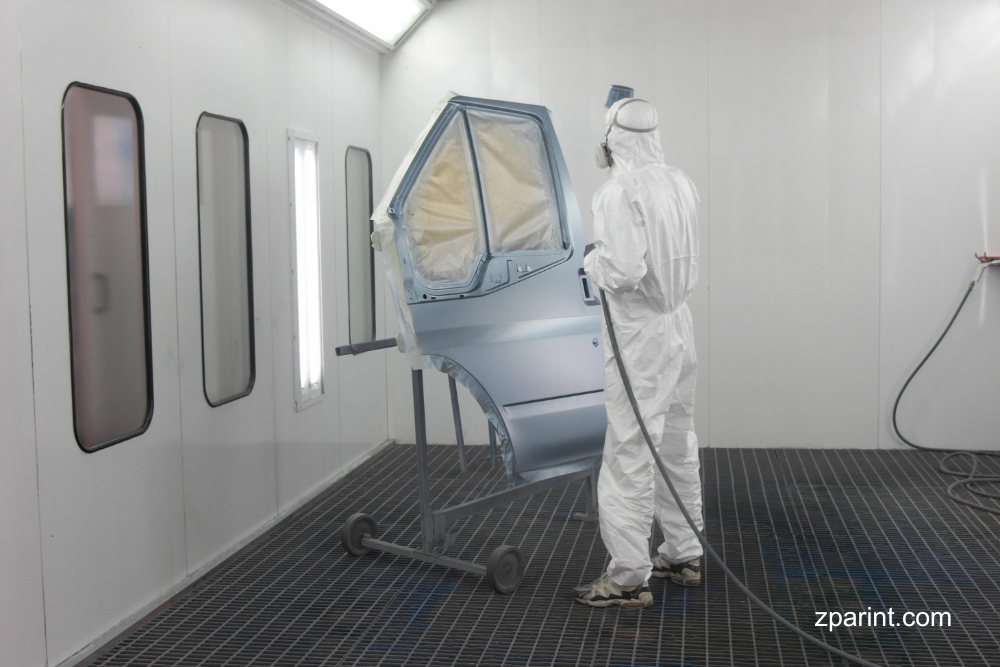
OSHA Rule 1910.107 provides numerous safety requirements that apply specifically to the physical construction and installation of a spray booth, including the definition of a “spraying area” as all spaces to which spray particulate might extend. This definition of the spraying area is presumably the reason that OSHA 1910.107 mandates an open space perimeter of 20 feet, around and above the spray booth. Also, any lighting outside the paint booth but within that 20-foot perimeter must be fully enclosed.
The fundamental sources of potential harm, damage, and/or disaster in the operation of a spray booth are:
- Combustible materials, suspended in the air as a result of the spraying and landing on any surface that presents itself. The elimination of unnecessary surfaces is, then, a serious consideration of the OSHA 1910.107 subparts. The surfaces on which any overspray might accumulate are to be eliminated, hence the regulation that all interior surfaces be smooth and continuous.
- Ignition of those combustible materials. There shall be no open electrical wiring; conduit and junctions must be untapped; the motor of the exhaust propelling fan must be nonferrous and/or shielded to prevent any possibility of a spark. Lighting within the booth must be both enclosed and separated from the actual spray area by a perimeter wall.
- The presence of spray particulates in the air within the spray booth. This is why exhaust systems are an essential part of the paint booth design and construction. Whisking that particulate into an exhaust duct that carries it all the way out of the building is essential, to prevent combustion or accumulation or damage to the sprayed object’s finish – or any combination thereof. There are two primary categories of exhaust systems: (a) dry spray booths that require baffle plates to promote an even flow of air through the booth and prevent the deposit of overspray before it enters the exhaust duct, and (b) water wash spray booths that move the particulate downward before it reaches the exhaust duct, in a way that allows the material to be recovered.
This represents only a summary consideration of the OSHA rules requiring compliance. The wiring itself has very specific criteria, as do the potential exhaust systems. The complexity and specificity of those requirements – and the significant negative effects of non-compliance – warrant a thorough reading of OSHA 1910.107 in its entirety before you consult with a prospective spray booth installer.
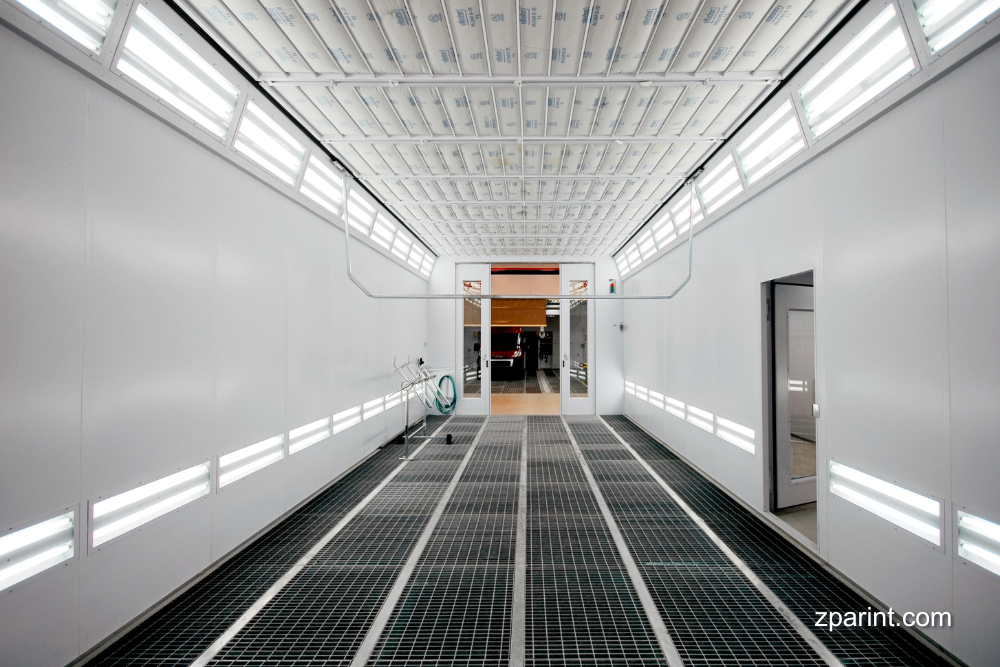
If their proposal does not include all these considerations, you should not accept it, regardless of the cost saving it may seem to represent. There is no amount of saved money that can cover rejected products due to a substandard finish or disability payments for respiratory impinged employees or a catastrophic explosion and/or fire. If you want to know how the vetting process should go, with a fully qualified, experienced, and knowledgeable installation contractor, contact our team at Zpar to request a consultation and proposal. Zpar is thoroughly qualified to provide you with paint booths that meet the above criteria and your exact needs. We have abundant experience and expertise in all the exhaust system protocols — industrial, open front, cross flow, semi downdraft, pitted downdraft, side downdraft, and outdoor. Our experts at Zpar can help you determine which is right for your application. We are experts in paint booth design and can provide you with a custom paint booth to meet all your specifications as well as OSHA’s.
